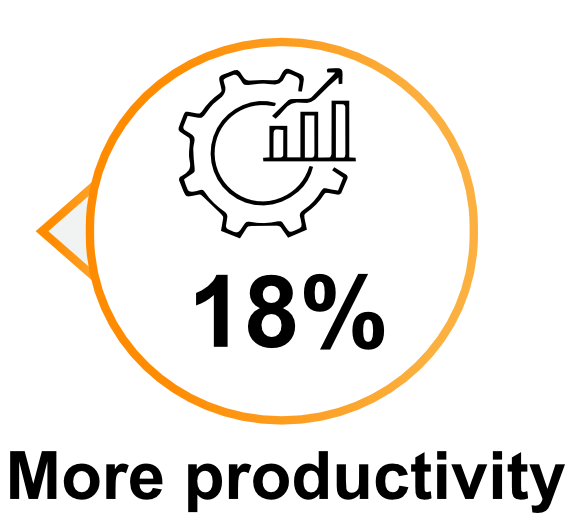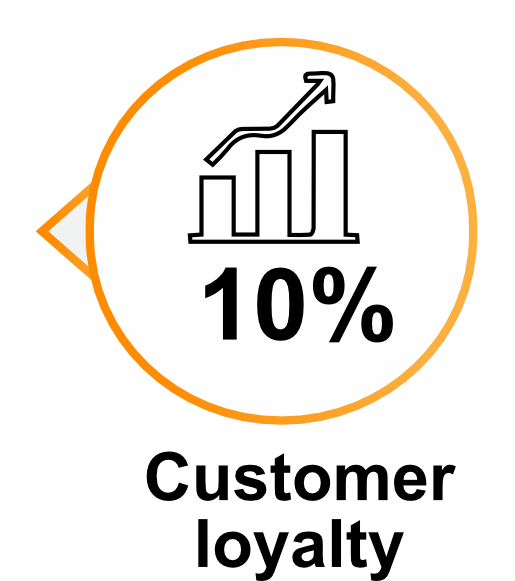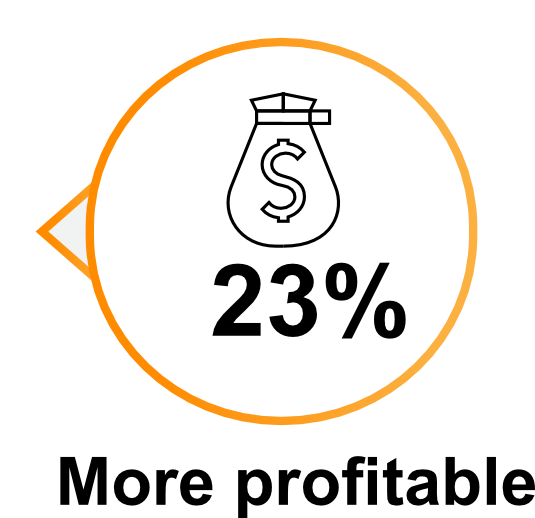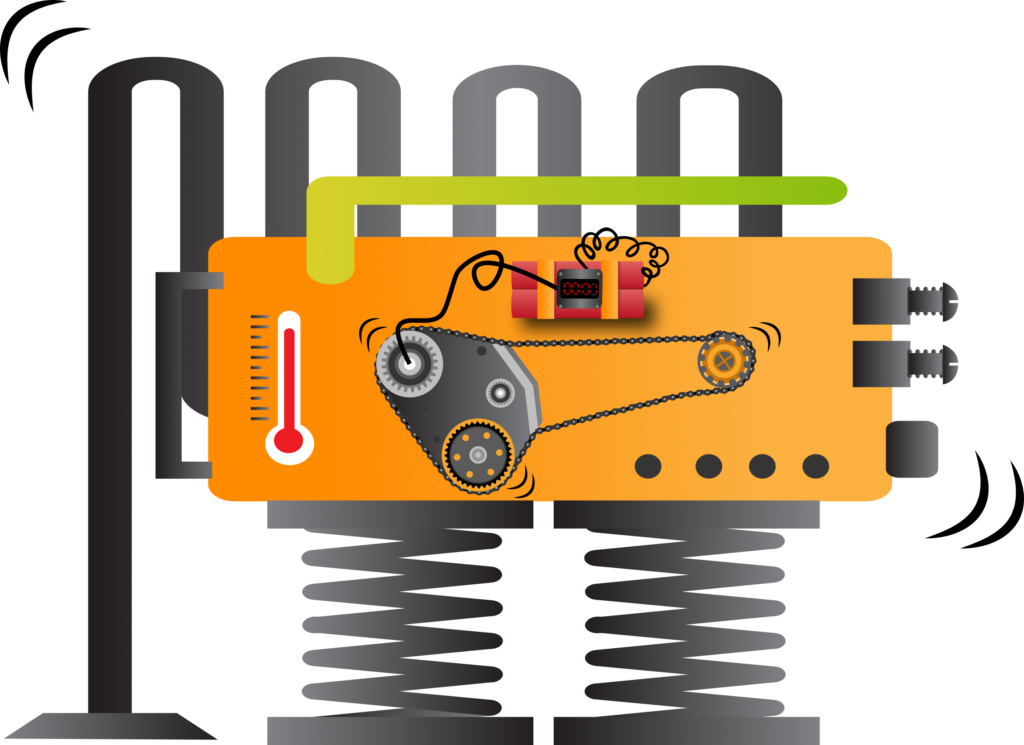Employee Engagement
The foundation for adaptive organizations
Companies that score highest in employee engagement have four times the success rate of companies that score lowest*
*Gallup study, 2018
Engagement is a leading indicator of key performance outcomes for any organization
In these times of high uncertainty and diminishing competitive advantage it is people that make the difference. They have the creativity, persistence, and effectiveness needed to react to challenges.
Research shows that organizations with high levels of engagement outperform those with low levels of engagement significantly in terms of higher productivity; profitability, and increased customer loyalty. Moreover, they experience drastically lower employee turnover rates and absenteeism.



Effectiveness over efficiency
“Why is it every time I ask for a pair of hands, they come with a brain attached?”
– Henry Ford

An overly focus on efficiency is still entrenched in organizational thinking. This originates from the industrial revolution when a careful design and breakdown of the production process in easy to learn steps led to a major breakthrough in speed and scale. Although it reduced people to cogs in a machine… Because every step was carefully designed for them, people were not supposed to think that much. Which led Henry Ford to his famous quote “Why is it every time I ask for a pair of hands, they come with a brain attached?”
The world has changed since then, though. Business is no longer as stable, structured, and predictable as is required to focus on efficiency alone. Efficiency advantages associated with economies of scale need a longer period of stability to get the benefits. But nowadays, a sustainable competitive advantage is merely a dream for most organizations.
Organizations need to be able to react quickly to challenges, reinvent themselves if needed, and become more adaptive to the fast pace of change. Focus needs to shift from output to outcomes. From efficiency to effectiveness. From thinking for employees to enabling them to think for themselves; take initiative; and be creative in coming up with answers to today’s challenges.
Too much focus on efficiency is a time bomb ready to explode. Focus on enabling the effectiveness of your people instead
How engaged are you?
Take the Engagement quick scan and get a free report on your engagement level.
The state of engagement

%
Actively disengaged
%
Not engaged
%
Engaged
There is work to do
From the above results is is clear there is still a vast untapped potential in improving engagement levels. A Conference Board CEO Challenge survey showed that CEOs see human capital as their number one challenge. So the importance is recognized. But why do organizations struggle to improve engagement? Here is the top 3 mistakes we encounter:
Mistake satisfaction for engagement
It starts with most organizations flat out denying engagement levels are that low in their organization. “Our surveys indicate much higher levels“.
Many organizations mistake employee satisfaction for engagement however. And while satisfaction certainly has a relation with engagement, it is definitely not the same thing. If business results are not corresponding with your employee measurements, you might want to reconsider what it is you measure.
Lack of understanding how engagement works
Which leads us to the second issue: not understanding how engagement works and how to act on improving it. Many organizations lack a clear definition of engagement and an actionable model of factors which influence engagement.
This starts with the realization that you cannot directly engage people. They can only do that themselves. But you can influence the work environment circumstances that cause people to feel engaged.
Thinking that engagement is an HR thing
We often see that engagement is seen mainly as an HR responsibility. And while HR has a role to play of course, we see engagement as the number one responsibility for leaders. Leaders should continuously invest energy to improve and nourish the work conditions that determine engagement.
Build a workplace around the three fundamental psychological needs
University of Rochester professors Ryan and Deci have found that people have three basic psychological needs to be engaged, which leads to enhanced performance and well-being. The Leader’s job is to build and nourish an environment that supports these needs.

Autonomy
Autonomy is the need to self-regulate ones experiences and actions. You have the feeling you have choices and you are wholeheartedly behind your actions. It’s about feeling willingness and volition.
Autonomy is a special need because it acts as a vehicle through which the other psychological needs are actualized.

Relatedness
Relatedness means feeling socially connected to others. This is a broad area: feeling cared for and caring for is part of it. Belonging to a group and feeling significant are part of relatedness too.
Feeling related to the purpose and goals of the organization and knowing how to contribute is significant too.

Competence
Competence is the need to be good at something. For example be the scientist who feels the need to master his field. People experience being effective as satisfying and enjoying. People generally want to feel a sense of mastery to activities that matter to them. The need for competence is most optimally satisfied if one can do challenging work but within the limits of ones skills.
